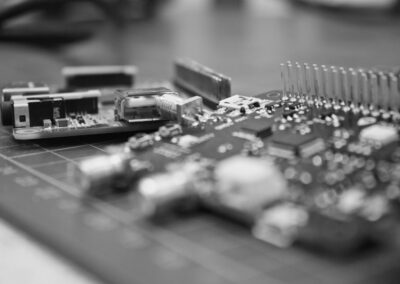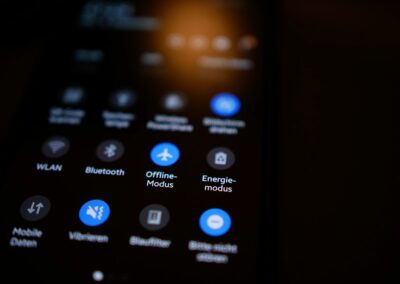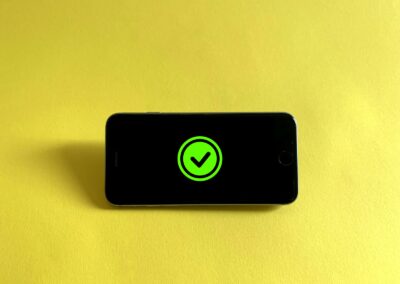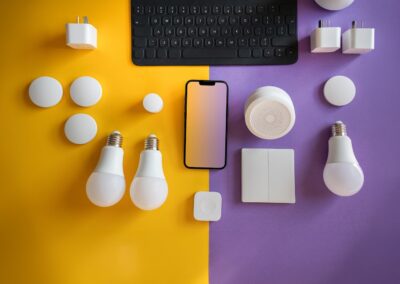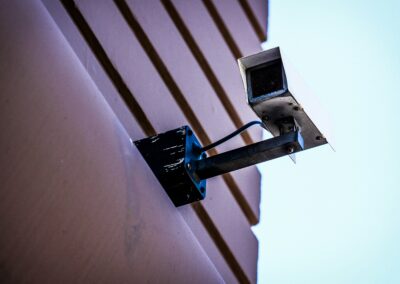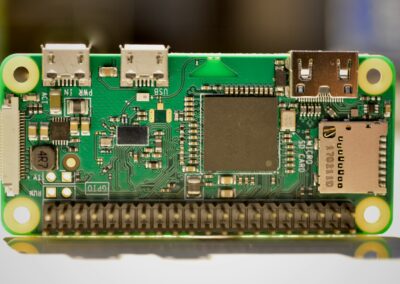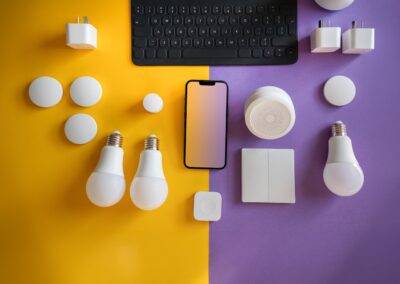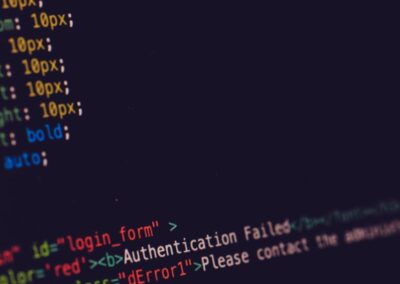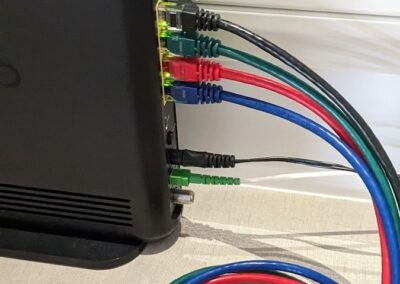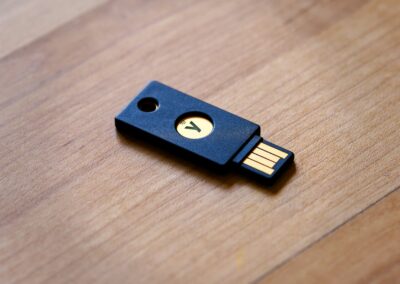Protecting Smart Entertainment Devices: Key Lessons from Security Breaches
In today’s rapidly evolving digital landscape, securing IoT-enabled entertainment devices has become a paramount concern for both businesses and consumers. The focus on securing these devices has intensified, especially after incidents where vulnerabilities have led to significant data breaches. One notable example is the exploitation of a vulnerability in a smart TV system, which underscored the urgent need for robust security measures in the Internet of Things (IoT) ecosystem. This article delves into the lessons learned from such incidents and explores the measures that can enhance the security of IoT-enabled entertainment devices.
The Vulnerability Exploitation Incident
In a recent case, a vulnerability in a popular smart TV system was exploited, leading to a data breach that compromised user privacy. This incident revealed critical flaws in the device’s security architecture, enabling attackers to gain unauthorized access to personal data. The breach highlighted several weaknesses, including insufficient encryption protocols and inadequate user authentication mechanisms. As a result, sensitive information, such as viewing habits and personal preferences, was exposed. This breach not only affected the users but also tarnished the reputation of the manufacturers involved. It became evident that addressing these vulnerabilities was crucial to preventing future breaches and ensuring the safety of IoT-enabled entertainment devices.
Effective Security Measures for IoT Entertainment Devices
To safeguard IoT-enabled entertainment devices from similar vulnerabilities, several measures can be implemented. First, manufacturers should prioritize the integration of advanced encryption technologies to protect data both in transit and at rest. Strong encryption ensures that even if an attacker gains access to the device, the data remains unreadable without the decryption key. Additionally, robust authentication mechanisms, such as multi-factor authentication (MFA), can significantly reduce the risk of unauthorized access. By requiring multiple forms of verification, MFA adds an extra layer of security, making it more difficult for attackers to exploit vulnerabilities.
Another critical measure is regular software updates and patches. Vulnerabilities in IoT devices are often discovered after the product has been released. Therefore, manufacturers must be diligent in providing timely updates and patches to address newly identified security issues. Implementing an automated update system can ensure that devices receive the latest security enhancements without requiring manual intervention from users.
Enhancing IoT Security with Modern Technology
Modern technology plays a pivotal role in enhancing the security of IoT-enabled devices. Blockchain technology, for instance, offers a promising solution for securing IoT ecosystems. By leveraging blockchain’s decentralized and immutable nature, manufacturers can create secure and transparent networks that are resistant to tampering and unauthorized access. This technology can be particularly effective in verifying the integrity of firmware updates and securing communication channels between devices.
Generative Artificial Intelligence (AI) is another cutting-edge technology that can bolster IoT security. AI-driven systems can analyze vast amounts of data to identify patterns and anomalies indicative of potential security threats. By employing machine learning algorithms, these systems can detect unusual behavior and respond proactively to mitigate risks. For instance, AI can automatically flag suspicious activities and trigger alerts, enabling quicker responses to potential security breaches.
Leadership and Strategic Implementation
For business executives and mid-level managers, securing IoT-enabled entertainment devices requires strategic leadership and planning. Establishing a comprehensive security strategy involves not only implementing advanced technologies but also fostering a culture of security awareness within the organization. Executives must prioritize cybersecurity as a core component of their business strategy and allocate resources to develop and maintain robust security protocols.
Additionally, investing in executive coaching services can help leaders understand the importance of cybersecurity and how to effectively manage and mitigate risks. Training programs that focus on cybersecurity best practices and emerging threats can equip leaders with the knowledge needed to make informed decisions and lead their teams in maintaining a secure IoT environment.
Project Management and Continuous Improvement
Effective project management is essential in the continuous improvement of IoT security measures. Managers should adopt a proactive approach to identifying and addressing potential vulnerabilities by conducting regular security assessments and penetration testing. These assessments help in uncovering weaknesses before they can be exploited by malicious actors. Furthermore, establishing a feedback loop where security incidents are analyzed and lessons are learned can lead to continuous enhancements in security protocols.
By integrating these practices into the project management framework, organizations can stay ahead of emerging threats and ensure that their IoT-enabled entertainment devices remain secure. This proactive stance not only protects user data but also enhances the overall trust and credibility of the brand.
Conclusion
Securing IoT-enabled entertainment devices is a multifaceted challenge that requires a combination of advanced technologies, strategic leadership, and effective project management. The exploitation of vulnerabilities in smart TV systems has highlighted the critical need for robust security measures to protect user data and maintain trust. By implementing strong encryption, robust authentication, and leveraging modern technologies such as blockchain and AI, organizations can significantly enhance the security of their IoT devices. Additionally, investing in leadership training and proactive project management practices can further ensure the ongoing safety and success of IoT-enabled entertainment devices. As the digital landscape continues to evolve, staying vigilant and adaptable will be key to addressing new security challenges and safeguarding the future of IoT technology.
—
#IoTSecurity #SmartTVSecurity #DataBreachPrevention #BlockchainTechnology #GenerativeAI #Cybersecurity #IoTDevices #ModernTechnology #EntertainmentDevices #BusinessSuccess









